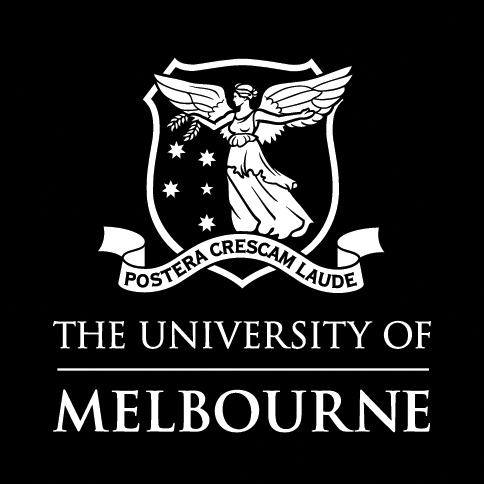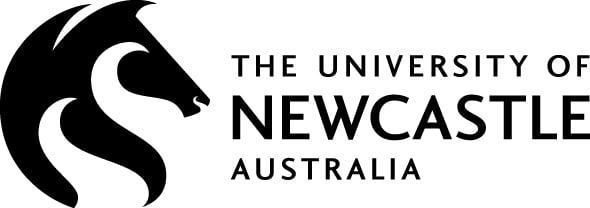Sole practitioner Sarah Hobday-North was already adept at working from home, but she misses the support of ‘third spaces’, such as cafes, libraries, museums and playgrounds.

What is your work-from-home space like?
My work space is on a wedge-shaped mezzanine with a lovely view over the double height lounge room and into my back yard. All these elements, including the back yard, are ‘small’ as it all fits into our renovated terrace. But with distant eye relief, natural light, a desk and a powerpoint, I have a place to work that is more pleasant than many offices. I also sit next to my son’s train set and toy construction site. I have learned more about heavy construction machinery from him than in my professional life! We do lots of site inspections to the various building sites which are always active in the inner north of Melbourne.
All I need to be in business is a laptop, phone, paper, pens, measuring equipment and a brain to push it all in the right direction. It is a fortunate thing about being an architect as opposed to, say, a teacher or a doctor, that you really can practice from almost anywhere.

What work do you do here?
My practice focuses on community and residential work as this is where I feel I can be of most value. It is also the most satisfying. Within the last year I’ve worked on a Masterplanning project for a church, renovation of a suburban house, and an ageing-in-place bathroom refurbishment. And I’ve just had a repeat inquiry from the Fitzroy Legal Service. Working across different scales keeps me learning and growing. I think being a generalist is a strength, not a weakness, as it means you can adapt to the work that is available and translate what you learn in one sector to another.
Did you work from home pre-COVID-19? If so, how has the experience of remote working changed for you in the last few weeks?
I normally run my business from home, so I can joke that the rest of the world has now caught up with me! When COVID-19 restrictions first came in I thought I would be pretty well placed to go on with life as normal. On the plus side, I think this period of unusual work conditions has reduced the stigma of not being ‘serious’ about your work that home-workers can sometimes feel.
On the challenging side, however, I realised that the limitations on interaction and movement would impact even my proudly nimble architecture business. For a start, two of my clients have pre-existing health conditions. Even before the broader community restrictions came in, I realised that meeting with them face to face was no longer possible. Moving to phone and video meetings was fairly smooth, with a dose of forgiveness and understanding as we adjusted to the technological interface. At a practical level, the screen sharing function of Skype allowed me to have productive design meetings using the CAD model. With walk-throughs, sketch models and talking through concept plans on my screen, the communication and feedback continue to flow.
Have there been benefits to working from home? Can you describe them?
Working from home was a ‘decision’ I made when I was pregnant with my first son. I say ‘decision’ with qualification because there was not a clear moment in time when I said to myself, “yes, this is what I will do”. My business, like many others, is the result of an evolution of decisions, refinements, and responding to necessity. I’ve had three changes of brand in four years and each step has been driven by a desire to work, to use what I know, to continue to grow professionally, and to maintain my other-than-mum identity.
More broadly, deciding to work from home means I can work for myself rather than as an employee. Apart from the flexibility, the primary appeal of this is that I get to know my clients. I love the interpersonal aspect of architecture and I love the real problem solving, both of which are easy to miss if you get stuck in ‘the back office’ of a larger firm. I grew up in my parents’ architecture practice and learned a lot from them. Hence, deciding to work for myself didn’t feel like such a great leap.
What has been surprising? (either positive or negative)
A positive surprise has been that my existing projects have continued to flow through this period, one quite apace, and the other at a reduced pace. I even picked up a new project in Tasmania. I wonder if the sudden normalisation of remote working made this feel more plausible for both me and the client? Possibly. I definitely have a clearer idea of what it will take to navigate the process remotely.
How are you managing the work/life juggle, and all the competing demands?
I’m a woman, I’m a human, I have to manage these things. We all do. I started writing thoughts for this article on Mothers Day, which was possibly a symptom of the difficulty in separating work-life from home-life when both occur in the same space. Or perhaps it was a symptom that taking a few moments to write at my laptop to an audience of generally like-minded yet diverse people is actually very welcome ‘me time’. Or perhaps writing on Mothers’ Day was the result of the reality of trying to live an integrated life, and the work/life balance is a false dichotomy born of a masculine view of the world?!? Or perhaps I am just prone to over-thinking these things. You never know.
I’m sorry, what was the question?

What have been the biggest challenges so far?
Finding downtime is a challenge.
When my husband also started to work from home, the dining table became a work-space too. That was OK. But with a pre-schooler and toddler we really felt it when the playgrounds closed. And the museums. And the library. And the cafes. And no trips on the train or trams. Or playing with friends. We realised very quickly just how much of our lives needed the support of ‘third spaces’. This is a big topic for the triple overlap of planning/landscape/architecture professions and is, of course, hugely determined by public policy decisions.
I think we face more challenges in the recovery phase of the COVID-19 world as so many conventions have been challenged, and so many assumptions have been laid bare. At least I hope so. One has to be optimistic for the future.
How are you staying connected with work, friends and family?
I have a really positive Twitter network dedicated to all things architecture and I find the conversations there enlightening and supportive. My family is here in Melbourne, so I get to see them face to face. For friends I rely heavily on social media, but gradually we are inviting one or two over for dinner. There is no substitute for being together over food.
What strategies are you using to switch off from work?
Switching off is always a challenge for me. I focus on my kids when they are around, as trying to reply to emails while playing trains doesn’t work – though sometimes I still try to multi-task (spoiler: it doesn’t work). Getting out with the kids to the parks, the river and walking the streets around our house is really important. When you work from home it can be useful to literally leave the work behind and get out of the house. I also try to make some time to read things I’m interested in that have nothing to do with architecture.
What strategies are you using to lift your spirits and maintain mental wellbeing?
Chocolate is good. I run twice a week now the gyms are closed. But I miss my choir. I have sung in choirs through school, university, while living overseas and still to this day. I really miss rehearsing and performing at the moment. I’ve done a virtual choir, but of course it is not quite the same. So, instead I enjoy listening to classical music and especially choral music. Singing music that is 500 or 600 years old connects you with history in a way even architecture can’t, at least not so readily.

Sarah Hobday-North is a registered architect and founder of the Value Architects Group. She’s a spatial problem solver and loves making architectural knowledge hyper-accessible through low-cost/high-value services. She also loves singing 500-year-old choral music.




















